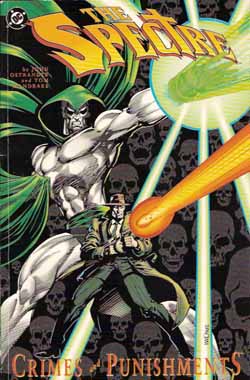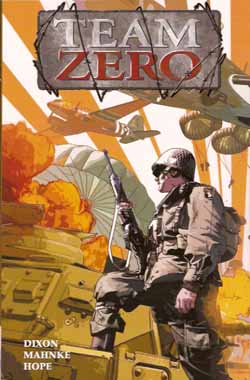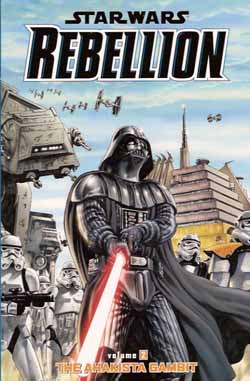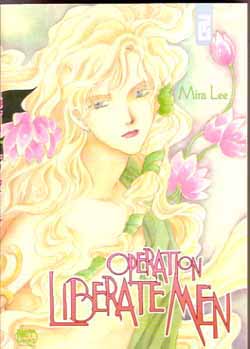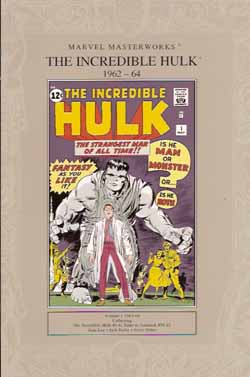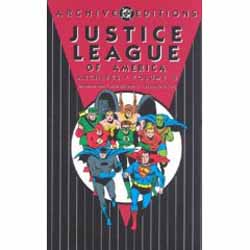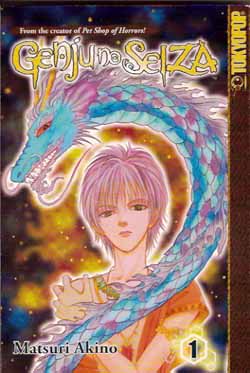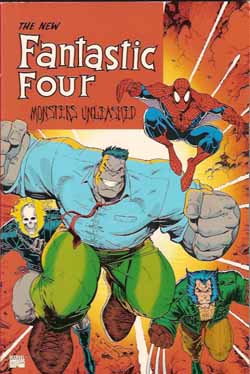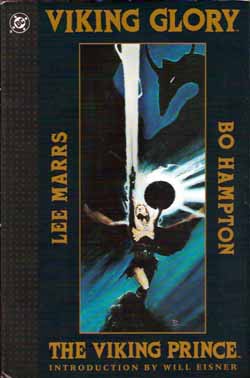
By Lee Marrs & Bo Hampton (DC Comics)
ISBN: 1-56389-001-1 ISBN-13: 978-1-56389-007-9
During the 1950s, when superheroes were in a seemingly inescapable trough, comic book companies looked to different forms of leading men for their action heroes. In 1955 writer/editor Robert Kanigher created a traditional adventure comic entitled The Brave and the Bold that featured historical strips. The Golden Gladiator, illustrated by Russ Heath was set in the declining days of Rome, The Silent Knight fought injustice in post-Norman Britain, courtesy of Irv Novick, and the already-legendary Joe Kubert drew the adventures of a valiant young Norseman dubbed the Viking Prince.
This last strip appeared in all but one issue (#6), eventually taking over the entire comic, until the burgeoning superhero boom saw B&B become a try-out title with its twenty-fifth issue. Those fanciful, practically “Hollywoodish†Viking sagas were among some of the finest adventure comics of all time and they’re long overdue for a definitive collection of their own, since the character of Jon has long been a fan favourite, intermittently returning in DC’s war titles and often guest-starring in such varied venues as Sgt. Rock and even Justice League of America.
This beautiful, vital and enchanting tale was released to very little fanfare in 1991, but remains a worthy sequel to those early strips. Scripter Lee Marrs took all the advances in our historical knowledge since the 1950s and blended them with the timeless basics of a Classical Edda to entrancing effect. Amidst a culture vibrantly brought to full life by her words and Bo Hampton’s awesome skill with a brush she has grasped a passionate but reserved old archetype and remade him as a fiery young hero of devastating charm, full of all the boisterous vigour of his mythic race, and confronted him with his worst nightmare.
In 10th century Scandinavia, Jon Rolloson, heir to Jarl Rollo of Gallund, is a perfect Northman’s son; fast, tough, fearless and irresistible to all the maids of the village. But the greatest horror of his sixteen years has finally come for him – an arranged marriage for political advantage. He must leave his home and the Viking life to wed a “Civilised†Princess. His joyous days are all done…
But Princess Asa of Hedeby is a young beauty every inch his match in vigour and vitality, and as composed and smart as he is coarse and oafish. Unfortunately, somebody is stealthily trying to thwart the match, even though Jon’s boorishness is enough to give both fathers cause to reconsider, and only the Viking Prince’s rash vow to recover a lost rune treasure and slay a fearsome dragon preserves the bargain. The wedding will proceed… Now all he has to do is find and kill Ansgar, the vilest of all Fire-Wyrms, and not die…
As well as being a superb writer Marrs is an underground cartoonist, animator and computer artist who has assisted Hal Foster on that other sword-wielding epic Prince Valiant, and her grasp of human character and especially comedy elevates this classic tale of romantic endeavour into a multi-faceted gem of captivating quality. Bo Hampton has created some of the best painted comics in the medium: This book is probably still the very best of them.
One of the most accomplished and enjoyable historical romances ever produced in comic form, Viking Glory deserves to be on every fan’s bookshelf. Let’s hope that it’s on DC’s shortlist for a swift re-release.
© 1991 DC Comics. All Rights Reserved.

